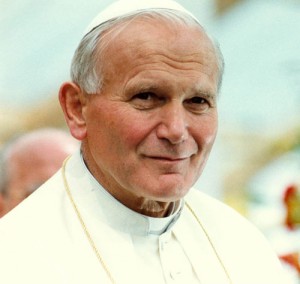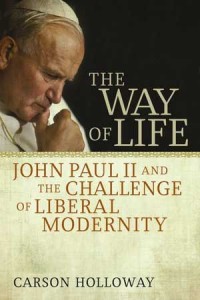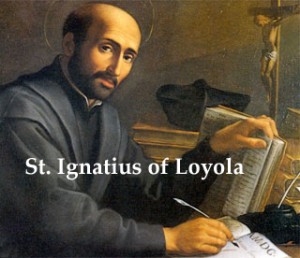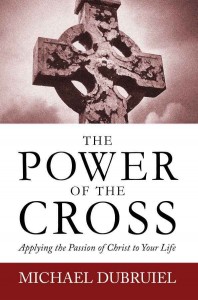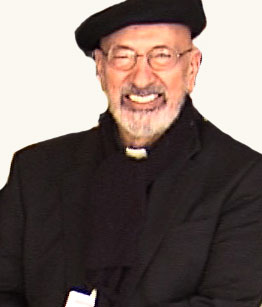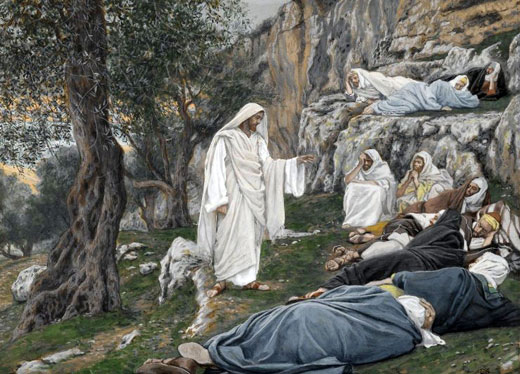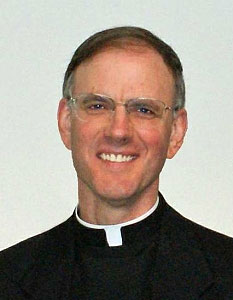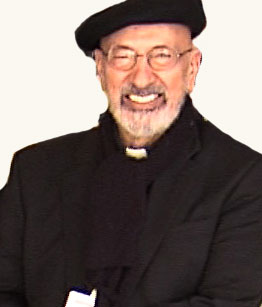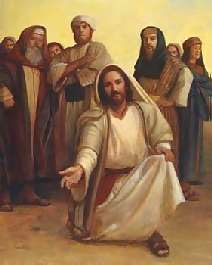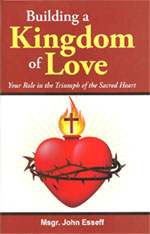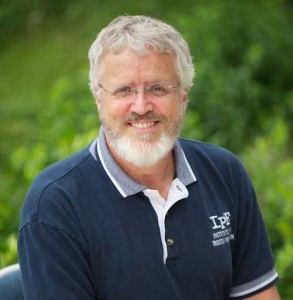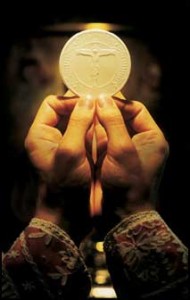WOL2 – Episode 2 – What is “Evangelium Vitae (The Gospel of Life)”? 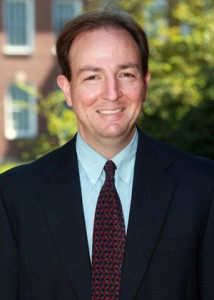 What does this have to do with Liberal Modernity? What is wrong with public culture we now have? What is the Culture of Death? Are there defects that go at the deepest foundational levels of our culture that have led to this behavior? Human dignity has to be recognized on all levels. Who was Thomas Hobbes, English philosopher and proponent of absolute government? His life and times? And what are the damaging effects of his thought on the value of the human person? What would be Bl. John Paul’s response?
What does this have to do with Liberal Modernity? What is wrong with public culture we now have? What is the Culture of Death? Are there defects that go at the deepest foundational levels of our culture that have led to this behavior? Human dignity has to be recognized on all levels. Who was Thomas Hobbes, English philosopher and proponent of absolute government? His life and times? And what are the damaging effects of his thought on the value of the human person? What would be Bl. John Paul’s response?
Podcast: Play in new window | Download (Duration: 29:46 — 68.1MB) | Embed
Subscribe: Apple Podcasts | Spotify | Amazon Music | Android | Pandora | iHeartRadio | JioSaavn | Podchaser | Gaana | Podcast Index | Email | TuneIn | Deezer | Anghami | RSS | More
The Way of Life, Carson Holloway examines the fundamental philosophers of modernity-from Hobbes to Toqueville-to suggest that John Paul II’s critique of modernity is intended not to reject, but to improve. Thus, claims Holloway, it is appropriate for liberal modernity to attend to the Pope’s thought, receiving it not as the attack of an enemy but as the criticism of a candid friend.
For other episodes in the series visit Dr. Holloway’s Discerning Hearts page
This series is based on Dr. Holloway’s book “The Way of Life”

